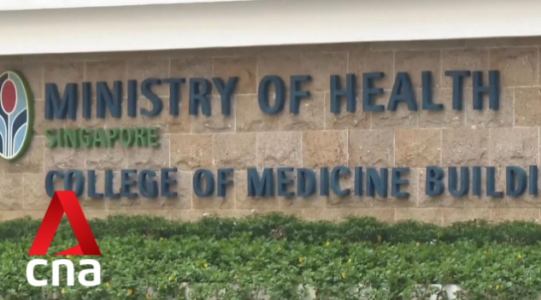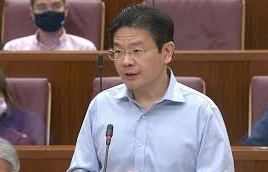New four-level system to enhance responsiveness under revised Infectious Diseases Act
Singapore is set to update its approach to public health management by replacing the DORSCON colour-coded system with a new four-tiered framework under amendments to the Infectious Diseases Act (IDA). This revised approach, announced by Health Minister Ong Ye Kung on March 21, is designed to provide a more flexible response to varying levels of health threats, moving beyond the current binary options of peacetime or emergency.
The proposed framework introduces four situational tiers:
Baseline: Represents a peacetime, low-risk state.
Outbreak Management: Activated when a pathogen of concern emerges, triggering urgent measures like contact tracing, quarantine, and masking.
Public Health Threat: Applied when widespread, longer-term control measures, such as safe distancing and restrictions, are necessary.
Public Health Emergency: Reserved for the most severe situations, enabling measures such as curfews and requisitioning public health resources.
Minister Ong explained that while COVID-19 was a significant crisis, it did not necessitate a full-scale emergency declaration under current law. The updated IDA will allow for a more tailored response, ensuring measures are proportionate to each health threat level. “It is more intuitive to tell the public there is an outbreak, a threat, or an emergency, with clear actions under each stage,” he said, adding that this change will make the legislation more “future proof” for managing diverse health challenges.
This revision is part of Singapore’s effort to strengthen its public health preparedness, aligning its legal framework with lessons learned from the pandemic.








